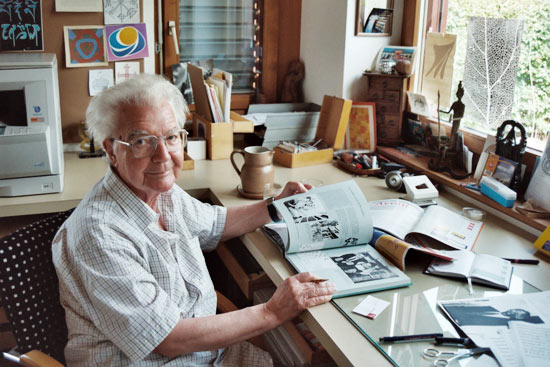Old Style- Old style is also called Gerald and its origins is in Renaissance humanism. The main characteristics are slight diagonal stress, shorter x-height, and scooped serifs. Lastly it is based on handwriting.
Transitional- Transitional is a refinement of Old Style form. The main characteristics are very slight diagonal stress, bracketed serifs, and tall x-height.
Modern- Modern is also called Didone.The appearance is technical exact. The main characteristics are flat unbracketed serifs, hairline serifs, no horizontal stress, and has no influence by handwriting.
Slab Serif- Slab serif is also called Square serif. The main characteristics are mono weight, square ended serifs, no stress, bold machine like, rectangular, geometric impact, and uniform serifs.
Sans Serif- Sans serif has three different classifications within it; Geometric, Humanist, and Grotesque. It has no serifs (without strokes at the tops and bottoms of letters). They are most often used for sort text components such as headlines or captions.
Script- Script is based on handwriting. It is fluid and formal and looks similar to cursive writing. They are best used for decoration.
Blackletter- Blackletter is a style of typeface that features elaborate thick to thin strokes and serifs. It is most often seen on diplomas, certificates, formal invitations, etc.
Grunge - Grunge is influenced by punk, rock, and heavy metal. It’s dirty, aggressive, and disorganized.
Monospaced- is a typeface in which each character is given the same width (as by a typewriter).
Undeclared- Undeclared are a mix of font classifications. As well, they are unable to distinguish.



